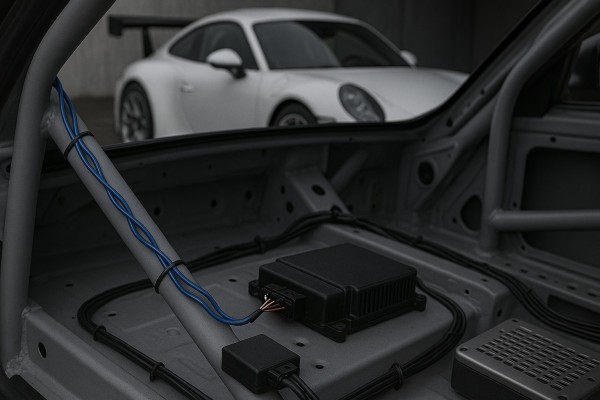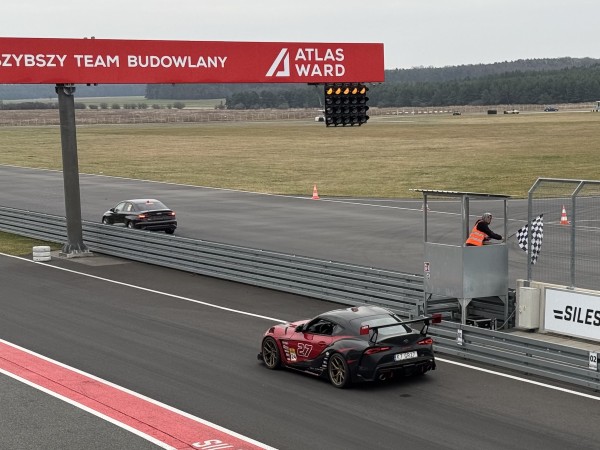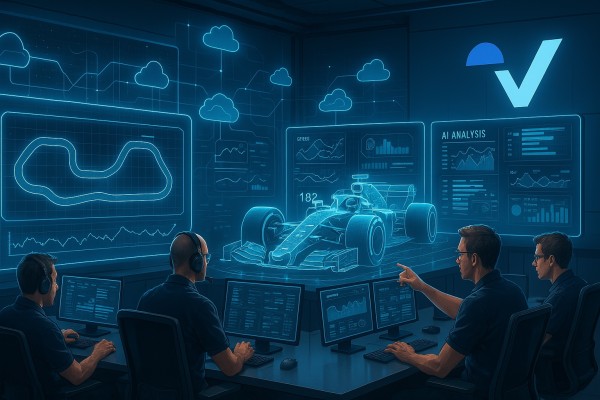Racing telemetry
Mobile apps and devices are shaping the future of motorsport data
by Paweł Sobociński |
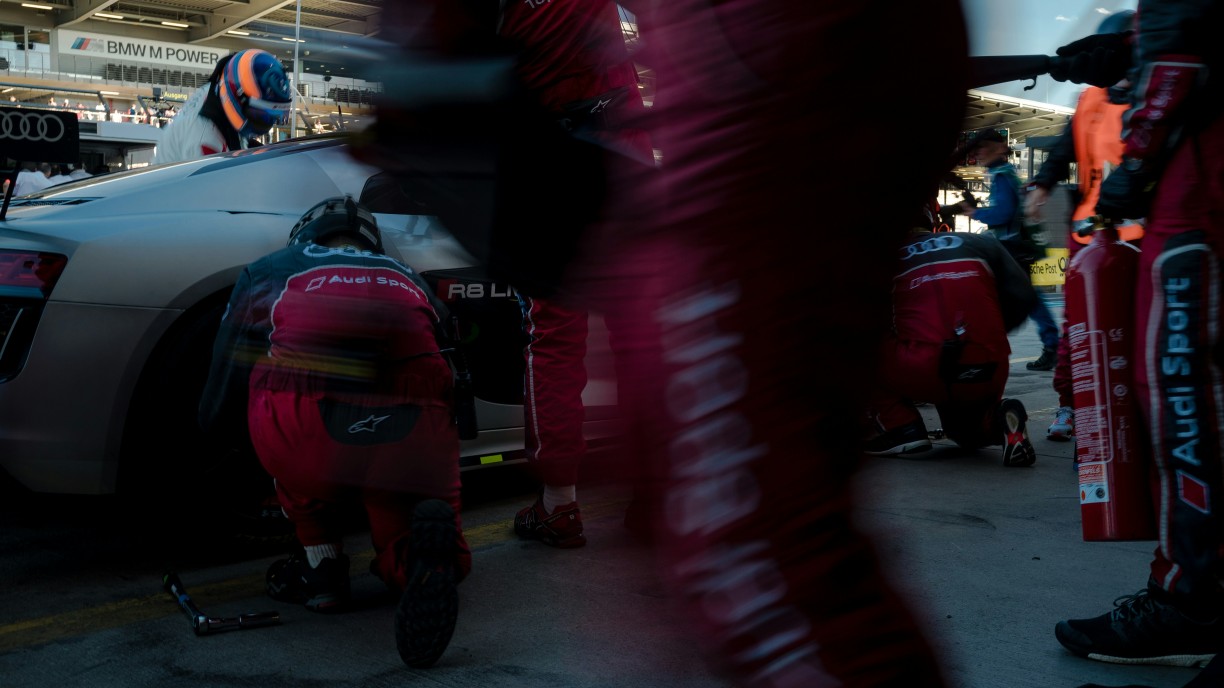
From the roar of engines to the split-second decisions that define victory, motorsport is a world where precision matters as much as speed. But behind every record-breaking lap lies an unseen hero known as the “data”. Today, cutting-edge mobile apps and devices are reshaping the way racers interact with racing telemetry, turning raw metrics into game-changing insights. Whether it's shaving milliseconds off a lap or mastering complex track dynamics, these tools are revolutionizing the art and science of racing performance.
The Power of Racing Telemetry
Racing telemetry involves collecting, transmitting, and analyzing data from a race car to gain real-time insights into performance. Telemetry systems track critical metrics such as speed, acceleration, braking force, engine performance, and even tire temperature. This data forms the backbone of racing analysis, enabling teams to optimize vehicle setup, adjust strategies on the fly, and improve overall performance.
Formula 1 offers a prime example of how telemetry data can be the deciding factor between victory and defeat. In real time, data is transmitted from the car to the pit crew, allowing engineers to track everything from tire pressure to engine performance. This enables immediate adjustments that can make or break a race.
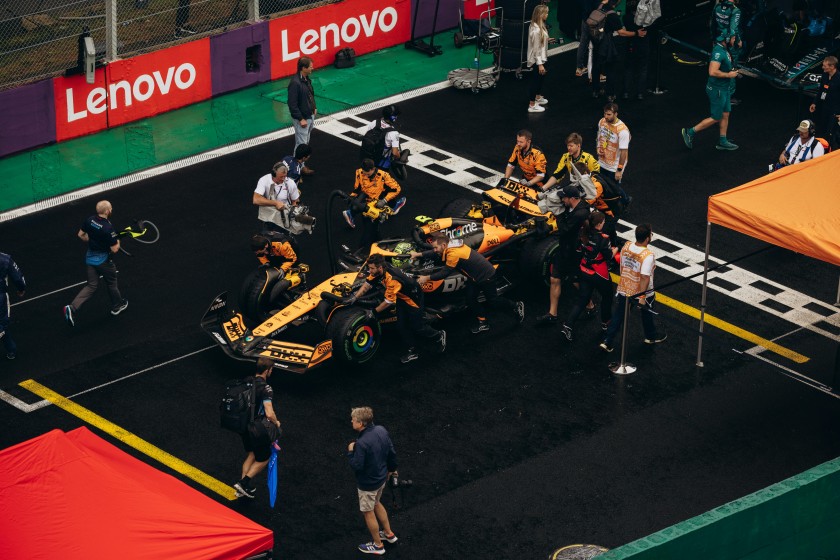
Take McLaren, for instance. Their pit crew practices over 1,000 pit stops each season, using real-time telemetry to scrutinize every move. This level of detail allows them to optimize each pit stop, shaving fractions of a second off their time. As a result, McLaren has earned a reputation for some of the fastest and most efficient pit stops in Formula 1, demonstrating the incredible impact of data-driven decisions in motorsport. Watch McLaren's Record-Breaking 1.8-Second Pit Stop
The Role of Mobile Apps in Modern Motorsport
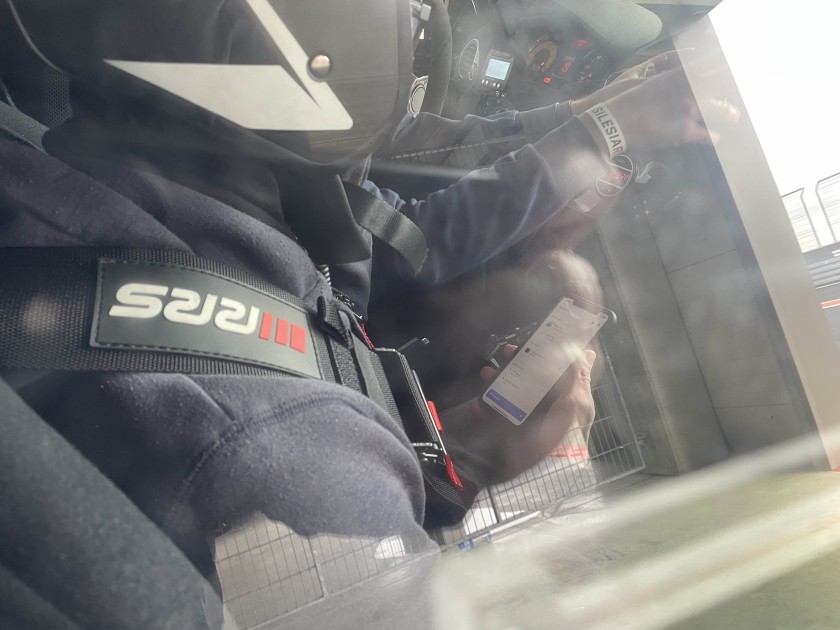
Mobile apps have democratized access to racing telemetry, making advanced analysis tools available to amateur racers and enthusiasts. Apps like Vetkuro integrate seamlessly with smartphones and external sensors, providing real-time telemetry data, lap timing, and performance analysis without requiring expensive hardware.
Take Vetkuro as an example:
1. Racing Lap Timer
The app uses GPS and other phone sensors to calculate accurate lap times, helping drivers track their performance on the track.
2. Telemetry Overlay
Data collected from the app can be overlaid on video footage, providing a visual representation of speed, braking points, and throttle usage.
3. Racing Analysis
By offering detailed insights into lap-by-lap performance, Vetkuro empowers racers to identify areas for improvement.
Devices That Complement Mobile Apps
While mobile apps are powerful, they have limitations in terms of sensor precision. This is where external devices come in. Hardware such as GPS receivers, gyroscopes, and accelerometers enhance the accuracy and reliability of collected data. Vetkuro takes this integration a step further by connecting with external devices via Bluetooth. These devices collect high-frequency data from the car's onboard sensors, providing metrics that smartphone sensors alone cannot achieve.
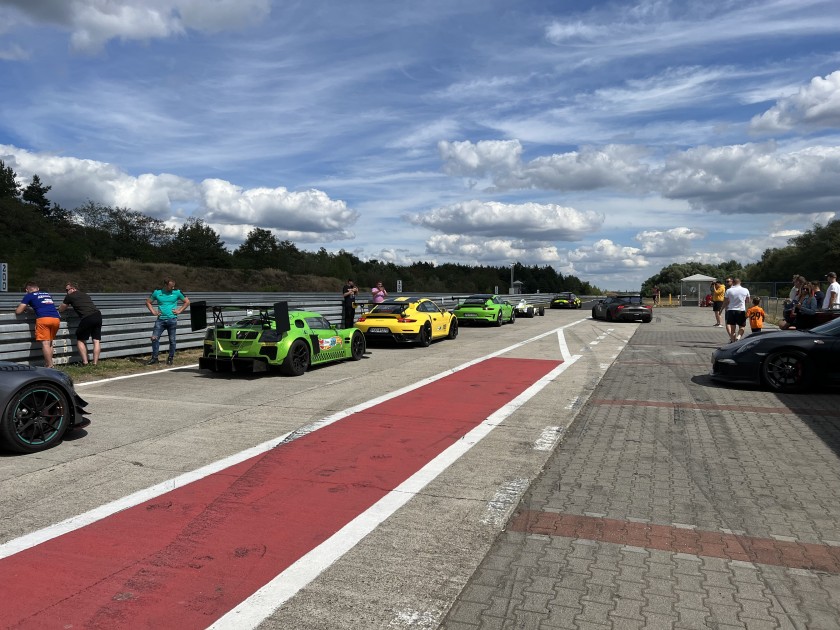
Real-World Success Stories
- Amateur Racers Leveling Up
Consider a group of amateur racers at Germany's Nürburgring. Using Vetkuro's app and a connected GPS device, they recorded lap times and analyzed their braking points through telemetry overlays. Over the course of a weekend, they shaved seconds off their lap times, all thanks to the actionable insights derived from their data. - Professional Rally Drivers
In rally racing, where conditions vary dramatically, telemetry is critical. Teams like M-Sport in the World Rally Championship (WRC) rely on telemetry overlays to analyze driver performance in different terrains. By using mobile apps connected to high-precision sensors, they adjust their strategies in real time, often making the difference between winning and losing.
How Telemetry Overlays Revolutionize Analysis
Telemetry overlays bring racing analysis to life by presenting complex data in an easy-to-understand format. By superimposing speed, acceleration, and braking data onto track footage, drivers gain a visual understanding of their performance. This tool is invaluable for identifying strengths, weaknesses, and missed opportunities.
For example, a telemetry overlay could reveal that a driver braked too early at a corner, costing valuable time. With this insight, the driver can refine their technique in subsequent laps for better performance. Similarly, telemetry data can be used to assess race situations. In the case of Lando Norris, the stewards considered that he could have completed an overtaking maneuver without exceeding track limits if Verstappen hadn’t forced him off the track. By analyzing the telemetry data from Lap 10, Turn 4, which shows throttle percentage and variance, we can understand whether Norris had the potential to execute the maneuver within the track limits, or if external factors influenced his decision-making.
The Future of Motorsport Data
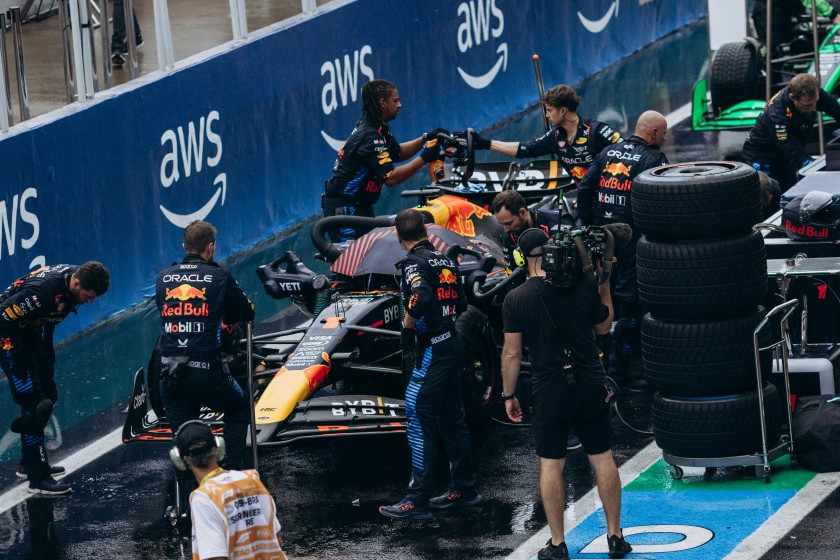
The integration of mobile apps and external devices is just the beginning. Advancements in artificial intelligence (AI) and machine learning promise even more powerful tools for racing telemetry. Apps like Vetkuro are exploring AI-driven predictive analytics, offering racers real-time suggestions for improving lap times and optimizing strategies.
Furthermore, cloud-based solutions are transforming how telemetry data is stored and shared. Platforms like Vetkuro allow drivers to access their data from anywhere, collaborate with their teams, and track long-term progress.
Conclusion
The combination of mobile apps and advanced devices is reshaping the landscape of motorsport data, offering unprecedented access to actionable insights and performance analytics. From racing telemetry and lap timers to telemetry overlays and real-time performance feedback, these tools are empowering drivers to refine their skills and elevate their racing strategies. Whether you're an amateur racer aiming to shave seconds off your lap times or a professional team striving for podium finishes, the future of motorsport lies in harnessing the power of data.
As the technology continues to evolve, we can expect even more game-changing innovations. The integration of AI and machine learning into racing telemetry will not only provide predictive insights but will also enable real-time, data-driven decisions that could be the difference between winning and losing. Cloud-based platforms will ensure that no matter where you are, you have access to the data you need to analyze, adjust, and optimize.
Ultimately, the growing accessibility of racing telemetry through mobile apps and devices is leveling the playing field, giving racers—from grassroots enthusiasts to seasoned professionals—the tools they need to push the boundaries of what’s possible. As we look to the future, one thing is clear: data is no longer just a tool—it’s the key to mastering the art and science of racing performance.

